
Tom Siegfried is a contributing correspondent. He was editor in chief of Science News from 2007 to 2012, and he was the managing editor from 2014 to 2017. He is the author of the blog Context. In addition to Science News, his work has appeared in Science, Nature, Astronomy, New Scientist and Smithsonian. Previously he was the science editor of The Dallas Morning News. He is the author of four books: The Bit and the Pendulum (Wiley, 2000); Strange Matters (National Academy of Sciences’ Joseph Henry Press, 2002); A Beautiful Math (2006, Joseph Henry Press); and The Number of the Heavens (Harvard University Press, 2019). Tom was born in Lakewood, Ohio, and grew up in nearby Avon. He earned an undergraduate degree from Texas Christian University with majors in journalism, chemistry and history, and has a master of arts with a major in journalism and a minor in physics from the University of Texas at Austin. His awards include the American Geophysical Union's Robert C. Cowen Award for Sustained Achievement in Science Journalism, the Science-in Society award from the National Association of Science Writers, the American Association for the Advancement of Science-Westinghouse Award, the American Chemical Society’s James T. Grady-James H. Stack Award for Interpreting Chemistry for the Public, and the American Institute of Physics Science Communication Award.

Trustworthy journalism comes at a price.
Scientists and journalists share a core belief in questioning, observing and verifying to reach the truth. Science News reports on crucial research and discovery across science disciplines. We need your financial support to make it happen – every contribution makes a difference.
All Stories by Tom Siegfried
-
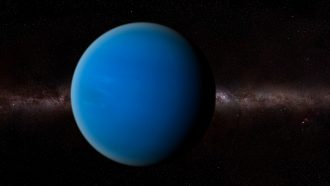 Science & Society
Science & SocietyWe’ve covered science for 100 years. Here’s how it has — and hasn’t — changed
Today’s researchers pursue knowledge with more detail and sophistication, but some of the questions remain the same.
-
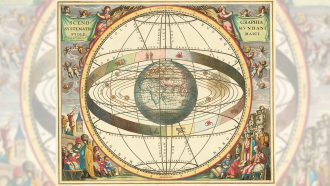 Cosmology
CosmologyPhysicists’ devotion to symmetry has led them astray before
If dark matter WIMPs are mythical, they join the ancient idea that the planets moved in circles.
-
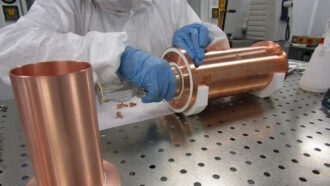 Cosmology
CosmologyThe dark matter mystery deepens with the demise of a reported detection
Early results from an experiment designed to replicate one that hinted that dark matter is made up of WIMPs came up empty-handed.
-
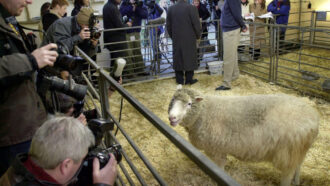 Science & Society
Science & SocietyTop 10 science anniversaries to celebrate in 2021
DNA, Maxwell’s demon and Dolly the Sheep all make the list. But the one we’re most excited about at Science News is our centennial.
-
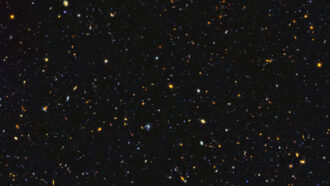 Physics
Physics‘Fundamentals’ shows how reality is built from a few basic ingredients
In ‘Fundamentals,’ physics Nobel laureate Frank Wilczek shares essential lessons from physics.
-
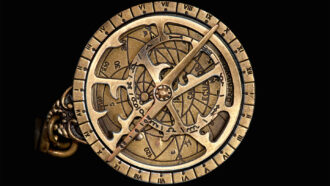 Science & Society
Science & Society‘The Light Ages’ illuminates the science of the so-called Dark Ages
In telling the story of a monk who contributed to astronomy, a new book shows that science didn’t take a break during the Middle Ages.
-
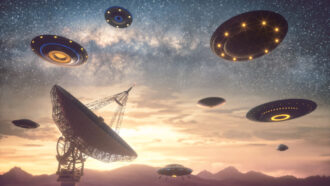 Space
SpaceTop 10 questions I’d ask an alien from the Galactic Federation
An interview with E.T. would be a journalist’s dream, but it’s not very likely.
-
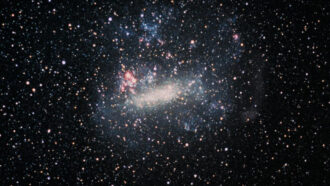 Science & Society
Science & SocietyThese are science’s Top 10 erroneous results
A weird form of life, a weird form of water and faster-than-light neutrinos are among the science findings that have not survived closer scrutiny.
-
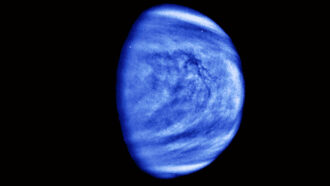 Space
SpaceHope for life on Venus survives for centuries against all odds
Early scientists often assumed that Venus, though hotter than Earth, hosted life.
-
 Science & Society
Science & SocietyA new Galileo biography draws parallels to today’s science denialism
‘Galileo and the Science Deniers’ delivers a fresh assessment of the life of a scientific legend and offers lessons for today.
-
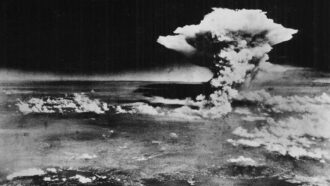 Physics
PhysicsHow understanding nature made the atomic bomb inevitable
On the anniversary of Hiroshima, here’s a look back at the chain reaction of basic discoveries that led to nuclear weapons.
-
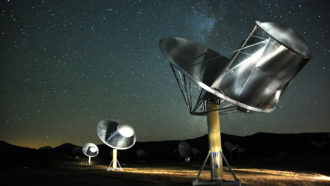 Space
SpaceSelf-destructive civilizations may doom our search for alien intelligence
A lack of signals from space may also be bad news for Earthlings.